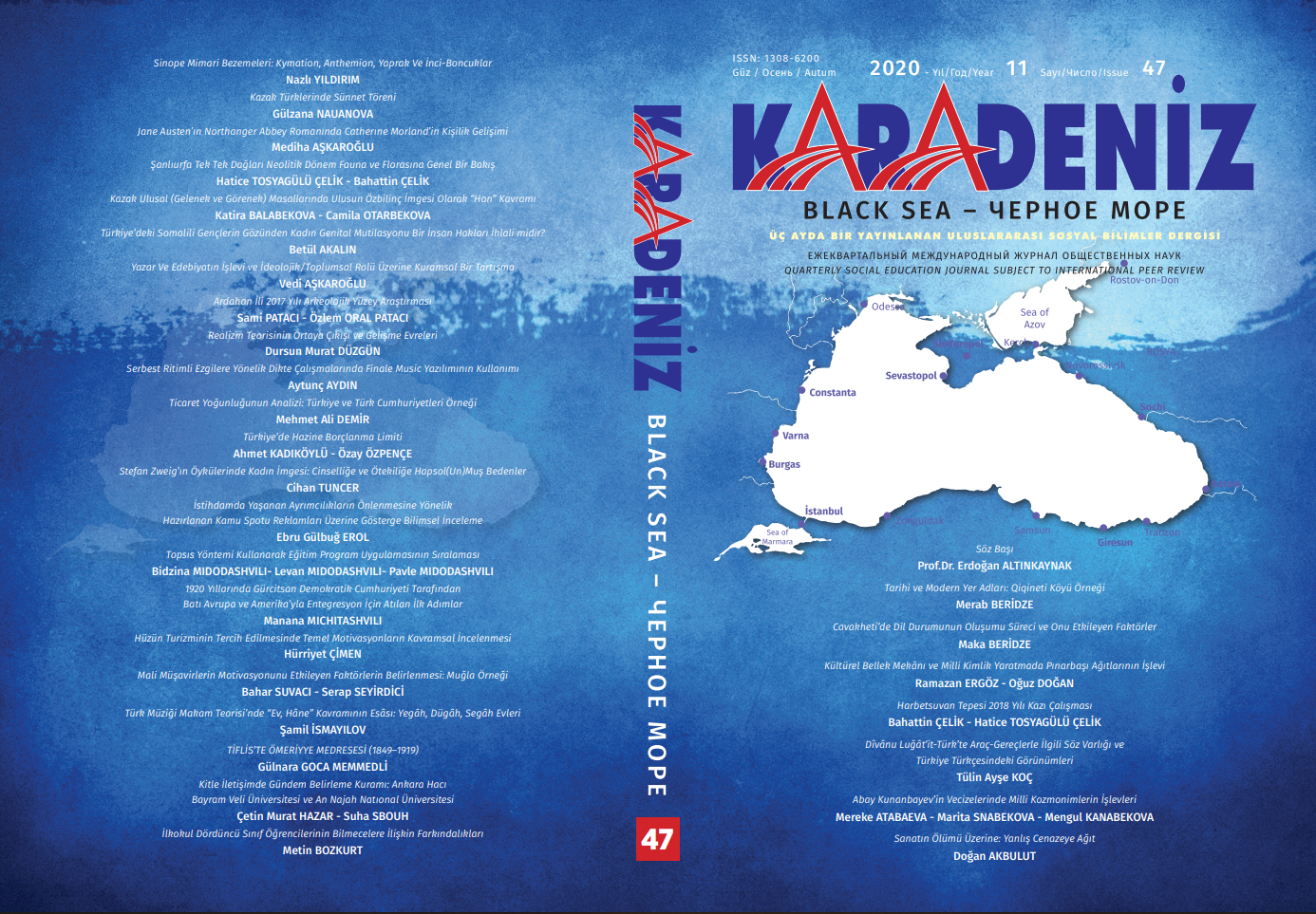HARBETSUVAN TEPESİ 2018 YILI KAZI ÇALIŞMASI
EXCAVATION STUDY OF HARBETSUVAN TEPESİ IN 2018
Author(s): Bahattin Çelik, Hatice TOSYAGÜLÜ ÇELİKSubject(s): Archaeology, Cultural history, Ancient World, Culture and social structure
Published by: Kültür Ajans Tanıtım ve Organizasyon
Keywords: Pre-Pottery Neolithic Period; Urfa Region; Urfa Bölgesi; Harbetsuvan Tepe; Göbekli Tepe; Neolithic Period Architecture; Ecology of Tek Tek Mountains;
Summary/Abstract: Researches within the Şanlıurfa province borders in recent years have proved that the connection between the centers belong to the Pre-Pottery Neolithic Period (PPN) is more intense than expected. Especially, this intensity, emerged in the beginning of the 9th millenium, manifests with the increasing numbers of the centers with similar characteristics. These centers are; Sefer Tepe, Kurt Tepe, Hamzan Tepe, Taşlı Tepe, Karahan Tepe, and Harbetsuvan Tepe which are particularly characterized by “T” shaped pillars. Archaeological excavations were started in 2017 in Harbetsuvan Tepe that is one of these centers which have the same sized “T” shaped pillars with yhe II. layer of Göbeklitepe. During this rescue excavation, which was mostly made to understand the extent of the damage caused by illegal excavation areas, new architectural and archaeological finds were started to unearth. The presence of pillars in the quadrangler planned structures or in the walls which unearthed during the Harbetsuve Tepe excavations revealed that this is similar with the II. Layer of Göbeklitepe. When looked at the finds unearthed such as piece of a sculpture with phallus, pillar with arm and finger relief, Byblos typed arrowheads, flat axes, obsidian arrowheads, pestles made of basalt, and stone basin of a bath, are special to this period. Therefore, the excavations at Harbetsuvan Tepe have definitely revealed that there is a new center, which has the same feature of a second cult center besides Göbekli Tepe. In this study, we will try to show that the Tek Tek Mountains region, where Harbetsuvan Tepe is located, was not rich in vegetation during the Neolithic period as well as today, and the architecture of the Neolithic period was shaped accordingly to this lack of vegetation. Besides, there will be an assessment on architectural innovations and small finds unearthed during the Harbetsuvan Hill excavation in 2018.
Journal: Karadeniz Uluslararası Bilimsel Dergi
- Issue Year: 2020
- Issue No: 47
- Page Range: 44-58
- Page Count: 15
- Language: Turkish

